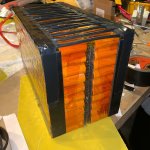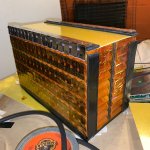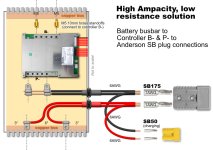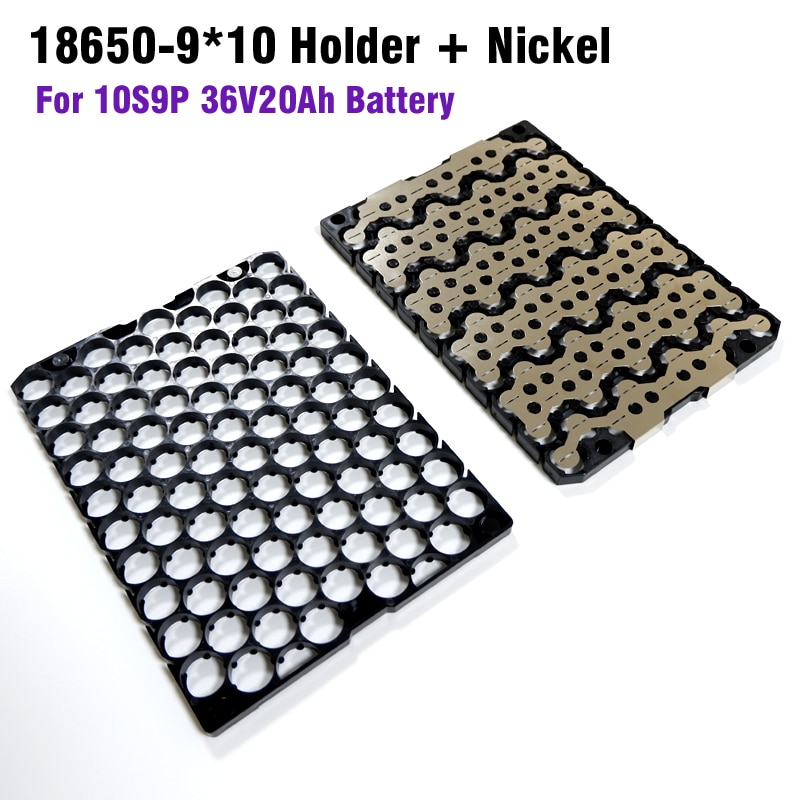MJSfoto1956 said:You have me curious: what is "CA"?
(superglue?)
Yes, CA comes from cyanacrylate.
furcifer said:I have to disagree. I've actually dealt with this vendor and they are very accommodating. I have no doubt had you asked for "more" and paid for "more" they would have provided "more". They did for me. Andy answered all my emails and technical questions very quickly and honestly.
Basically what I'm saying is you cut corners. You had to know how cheap that is for a 57aH battery. If you could find someone willing to build you that spec'd battery for $1700 in NA do you think it's going to come with copper bus bars and a smart BMS? I couldn't even source the cells here for my battery for the price I paid for one shipped to my door in 3 weeks, but I'm in Canada.
Anyways, good on you for doing the tear down and mod. People should read this so they know what to ask for when they order a battery. But they should also expect to pay a little more as well.
What you saying would be equal to say if you offering them to you pay more, you get a battery that works ACCORDING TO THE SPECS, and if you don't "ask for more", pay less (or the normal price?), you get a BOMB.
Come on, the seller should be ashamend for selling something like this, no matter of how much it costs.
MJSfoto has the knowledge to see the faults, but imagine someone else would buy the same battery and use it as it is at 120A as the BMS was specified!





